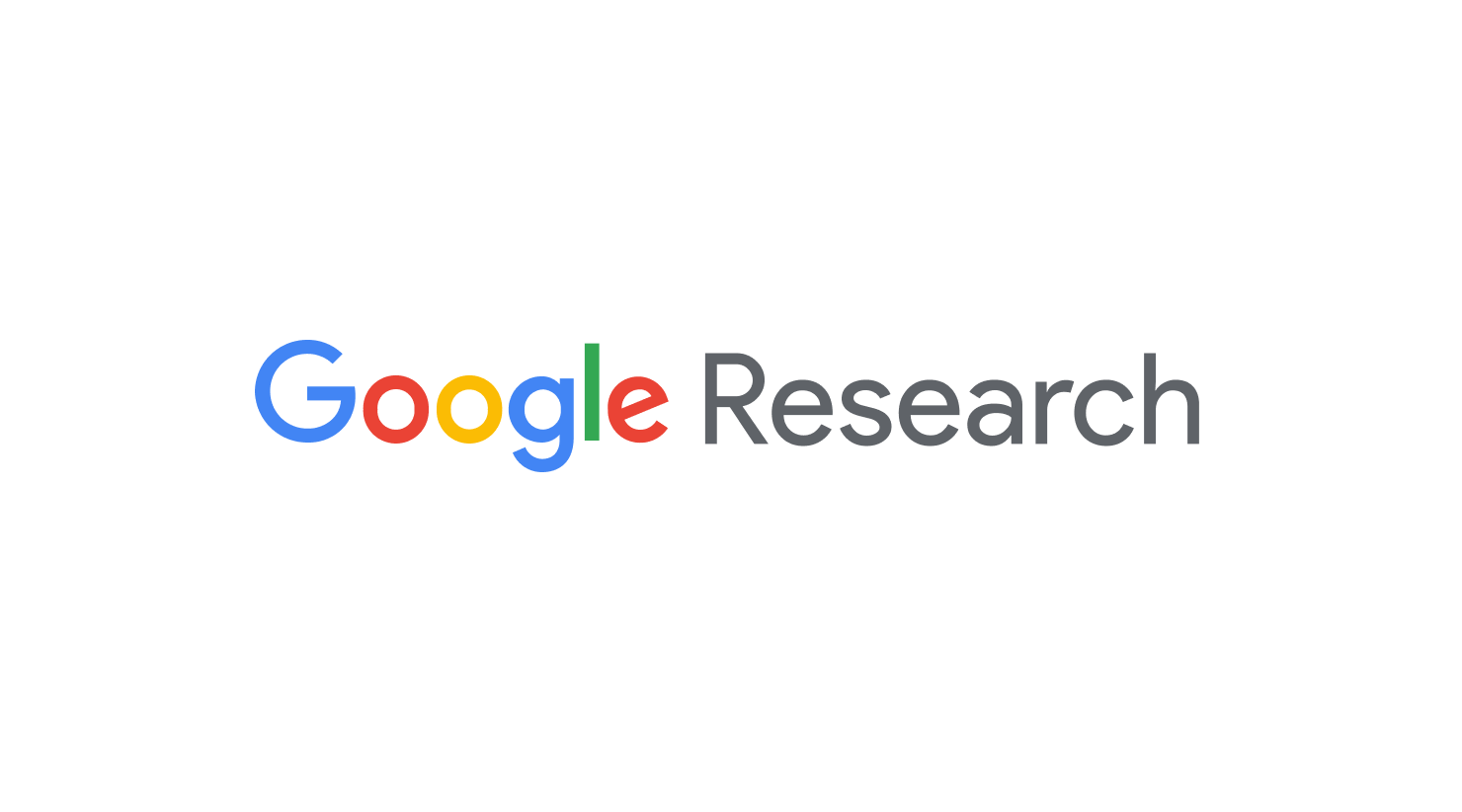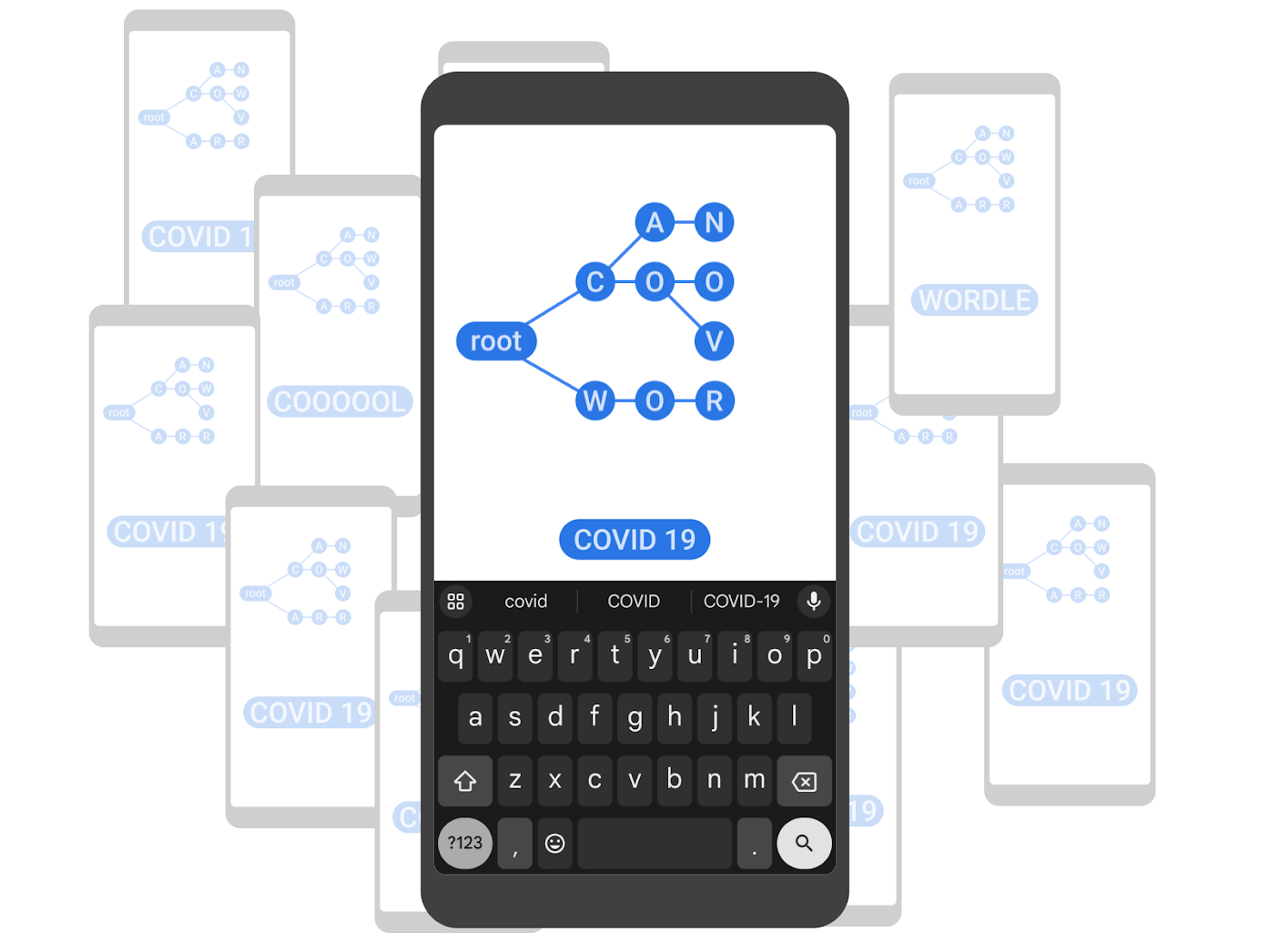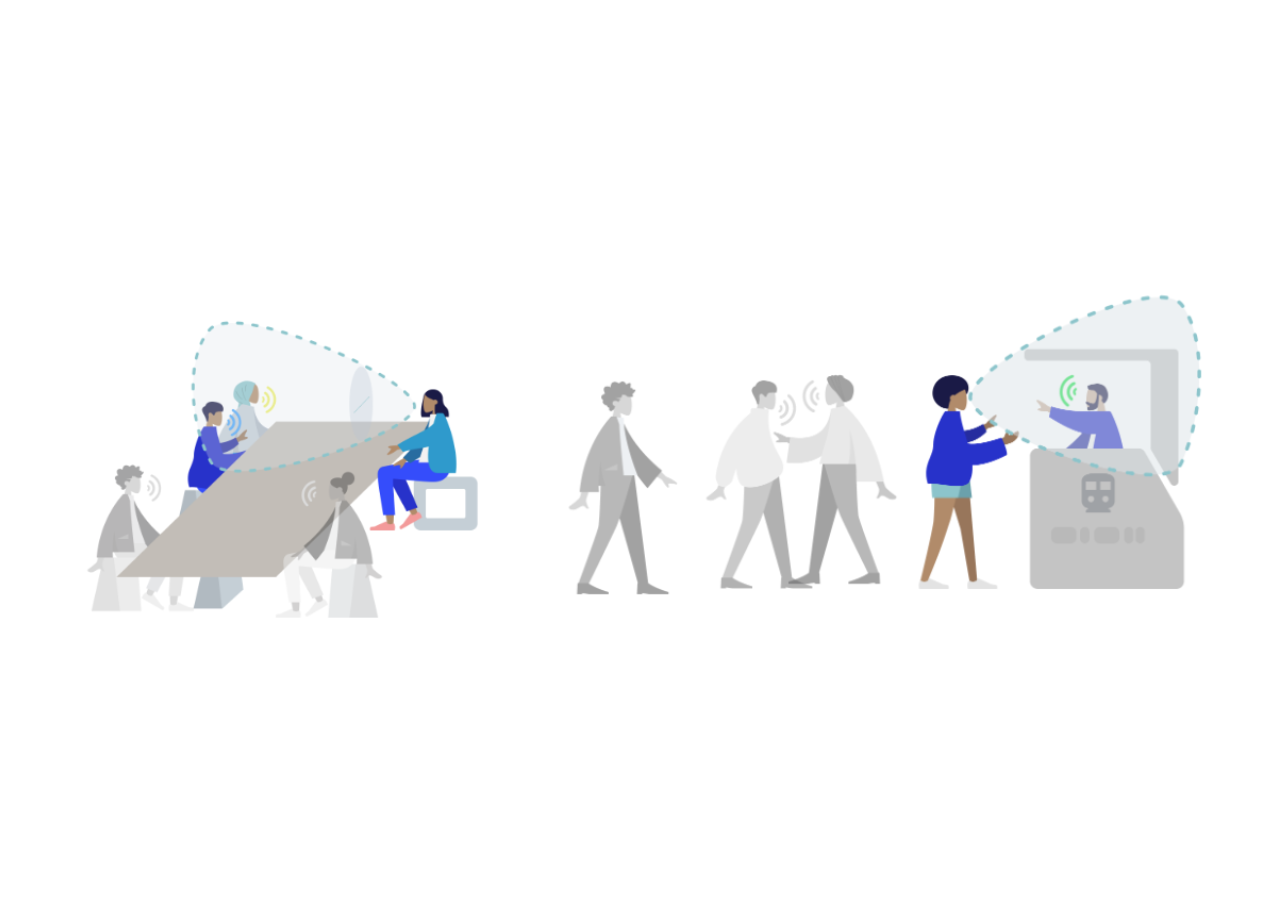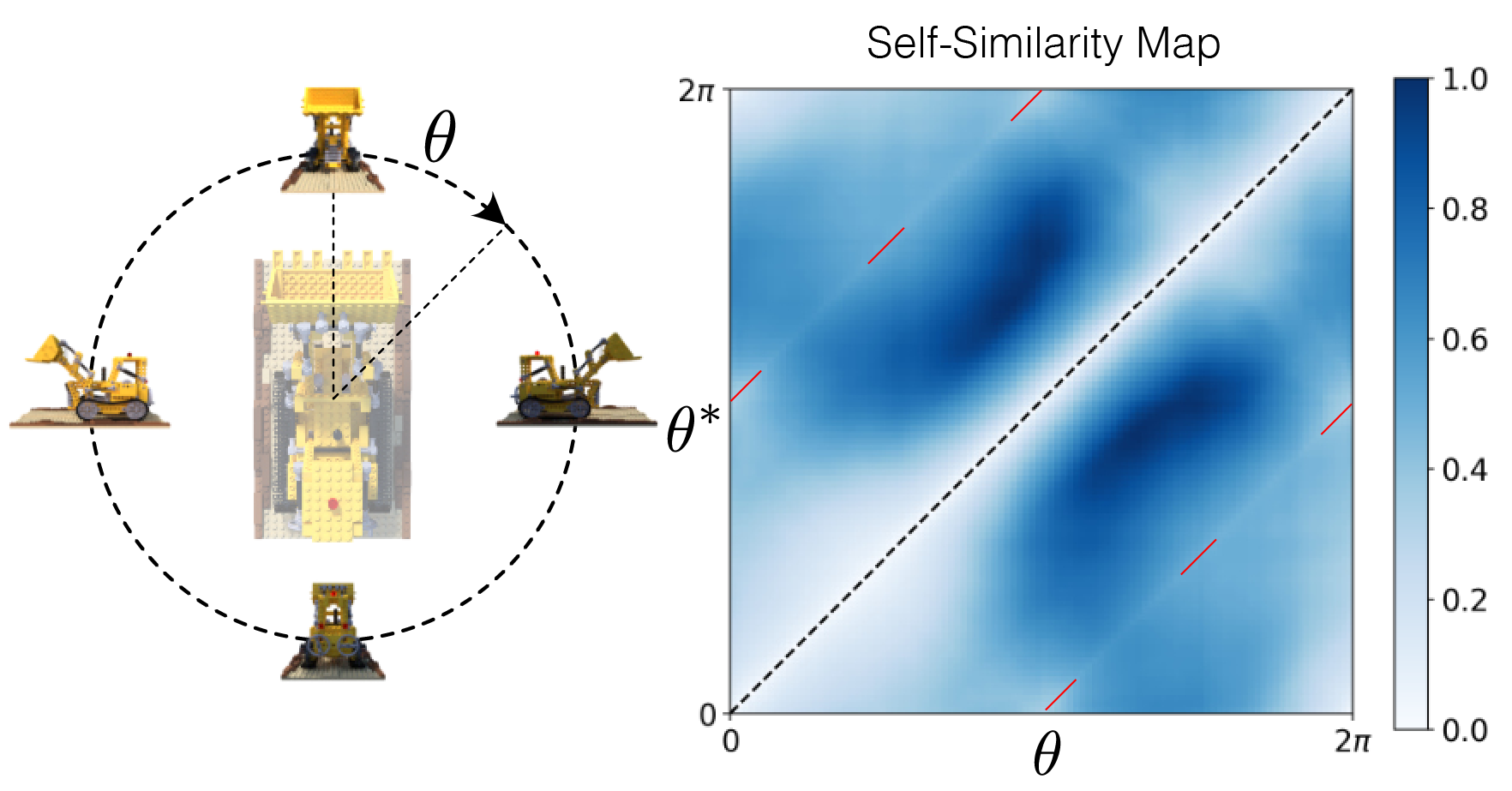
Video Stabilization on YouTube
May 4, 2012
Posted by Matthias Grundmann, Vivek Kwatra, and Irfan Essa, Research at Google
One thing we have been working on within Research at Google is developing methods for making casual videos look more professional, thereby providing users with a better viewing experience. Professional videos have several characteristics that differentiate them from casually shot videos. For example, in order to tell a story, cinematographers carefully control lighting and exposure and use specialized equipment to plan camera movement.
We have developed a technique that mimics professional camera moves and applies them to videos recorded by hand-held devices. Cinematographers use specialized equipment such as tripods and dollies to plan their camera paths and hold them steady. In contrast, think of a video you shot using a mobile phone camera. How steady was your hand and were you able to anticipate an interesting moment and smoothly pan the camera to capture that moment? To bridge these differences, we propose an algorithm that automatically determines the best camera path and recasts the video as if it were filmed using stabilization equipment. Specifically, we divide the original, shaky camera path into a set of segments, each approximated by either a constant, linear or parabolic motion of the camera. Our optimization finds the best of all possible partitions using a computationally efficient and stable algorithm. For details, check out our earlier blog post or read our paper, Auto-Directed Video Stabilization with Robust L1 Optimal Camera Paths, published in IEEE CVPR 2011.
The next time you upload your videos to YouTube, try stabilizing them by going to the YouTube editor or directly from the video manager by clicking on Edit->Enhancements. For even more convenience, YouTube will automatically detect if your video needs stabilization and offer to do it for you. Many videos on YouTube have already been enhanced using this technology.
More recently, we have been working on a related problem common in videos shot from mobile phones. The camera sensors in these phones contain what is known as an electronic rolling shutter. When taking a picture with a rolling shutter camera, the image is not captured instantaneously. Instead, the camera captures the image one row of pixels at a time, with a small delay when going from one row to the next. Consequently, if the camera moves during capture, it will cause image distortions ranging from shear in the case of low-frequency motions (for instance an image captured from a driving car) to wobbly distortions in the case of high-frequency perturbations (think of a person walking while recording video). These distortions are especially noticeable in videos where the camera shake is independent across frames. For example, take a look at the video below.
Original video with rolling shutter distortions
In our recent paper titled Calibration-Free Rolling Shutter Removal, which was awarded the best paper at IEEE ICCP 2012, we demonstrate a solution to correct these rolling shutter distortions in videos. A significant feature of our approach is that it does not require any knowledge of the camera used to shoot the video. The time delay in capturing two consecutive rows that we mention above is in fact different for every camera and affects the extent of distortions. Having knowledge of this delay parameter can be useful, but difficult to obtain or estimate via calibration. Imagine a video that is already uploaded to YouTube -- it will be challenging to obtain this parameter! Instead, we show that just the visual data in the video has enough information to appropriately describe and compensate for the distortions caused by the camera motion, even in the presence of a rolling shutter. For more information, see the narrated video description of our paper.
This technique is already integrated with the YouTube stabilizer. Starting today, if you stabilize a video from a mobile phone or other rolling shutter cameras, we will also automatically compensate for rolling shutter distortions. To see our technique in action, check out the video below, obtained after applying rolling shutter compensation and stabilization to the one above.
After stabilization and rolling shutter removal
-
Labels:
- Machine Perception
- Product


